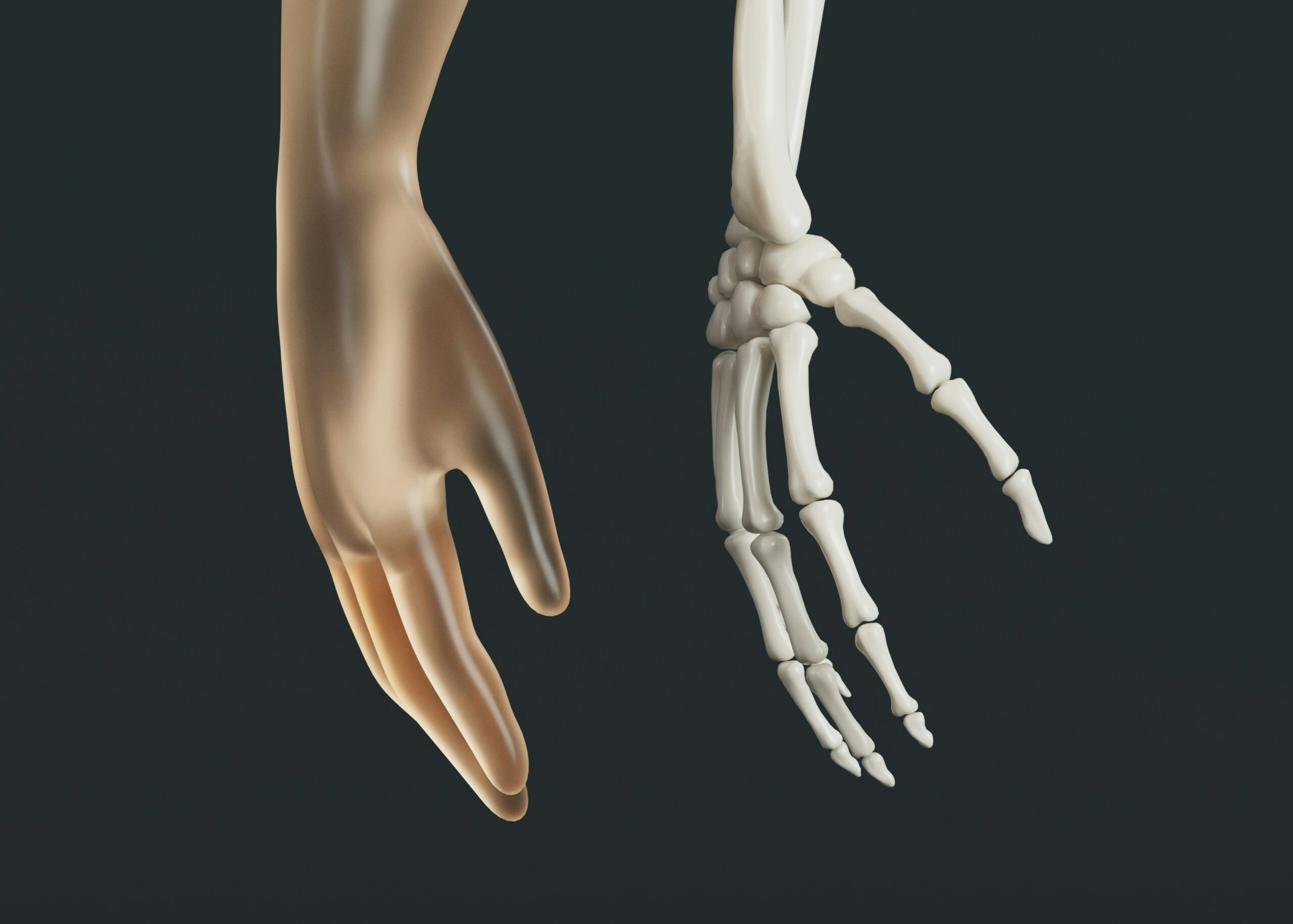Complex Regional Pain Syndrome (CRPS) is a complicated and understudied disease. It can be a frustrating and uncomfortable condition for most people. It acts most often on limbs after an injury, surgery, or even minor incidents. It is characterised by severe and persistent pain.
What is Complex Regional Pain Syndrome?
CRPS is a chronic pain condition that commonly affects one limb (arms, legs, hands, or feet), following an injury. The pain usually does not match the severity of the initial injury and may result in physiological changes including skin colour, temperature, and/or swelling in the affected area. is believed to result from dysfunction in the central or peripheral nervous systems.
Importance of Understanding CRPS
When it comes to overall health and longevity, understanding and managing pain symptoms is important. CRPS is a condition notorious for its difficulty to diagnose. This is because its symptoms are varied and subjective as it is similar to other disease conditions. Although hard to diagnose, an early and accurate diagnosis can help to alleviate pain and effectively manage and prevent the progression of symptoms. Appropriate support and intervention can lead to a better quality of life.
The chronic pain associated with severe cases of CRPS can be accompanied by psychological effects including depression, anxiety and PTSD. It is important to recognise and address these mental health aspects for a holistic treatment approach.
What are the Types of CRPS?
There are two types of CRPS, one of which does not directly damage the nerve and one which does:
Type I (Reflex Sympathetic Dystrophy)
Type I occurs when there is no confirmed injury and is the more common type. This form of CRPS occurs when there is an illness or injury that does not directly damage the nerves in the affected limb. It is often experienced after incidents like fractures, sprains, minor surgery or following periods of immobilisation.
Type II (Causalgia)
Type II follows a distinct nerve injury. It is usually linked to the damage of major nerves.
Identifying the Signs of CRPS
The primary symptom of CRPS is prolonged pain that may be constant. Other symptoms include:
- Sensitivity to touch or cold
- Swelling in the affected area
- Changes in skin temperature and colour
- Joint stiffness and swelling
- Muscle spasms and weakness
Risk Factors and Causes
The exact cause of CRPS is unknown, but it's thought to result from a combination of factors. These can include:
Abnormal Inflammation Response
Following an injury, the body will release pro-inflammatory chemicals like cytokines (TNF-alpha, IL-1, and IL-6), bradykinin, prostaglandins and substance P (Neuropeptide released from the central nerve endings). These substances increase blood flow to the affected area causing warmth, redness, swelling and pain.
Dysfunctional Interaction Between Central and Peripheral Nervous Systems
The initial trauma of an injury can cause damage to the peripheral nerves. This results in the nerves sending inappropriate pain signals to the brain. The pain may still persist after the injury has healed due to Neurogenic inflammation which causes ongoing and persistent pain and discomfort.
Genetic Predisposition
The role that genetics play in developing CRPS is still not fully understood. It is however an emerging area of interest in medical research. CRPS is not considered a hereditary condition but certain genetic factors can influence a person’s susceptibility to CRPS conditions. Genetic variations (mutations) associated with the pain receptors, pain signalling pathways and cytokine production greatly impact how a person will perceive pain. Certain genetic profiles have an increased sensitivity to pain causing an exaggerated response to pain.
Treatment Options
When it comes to the treatment of CRPS, various multi-faceted and patient-specific approaches exist. There is no standard treatment; thus the approaches in CRPS management use a combination of therapies.
Pain Management
A common and accessible treatment option for mild pain is over-the-counter pain relievers like ibuprofen and aspirin. For more severe symptoms, prescription painkillers like opioids are used but they should be used with caution due to their potential dependency risks. Antidepressants and anticonvulsants are also effective treatment options. Corticosteroids may also help to reduce inflammation and aid in mobility in the initial stages of CRPS. Lastly, topical local anaesthetic creams can be used to numb the affected area.
Physical Therapy
Gentle and guided exercise can improve blood flow which will strengthen the affected limbs and increase flexibility. In addition, desensitisation therapy uses techniques to reduce hypersensitivity in the injured area.
Nerve Blocks
In more serious cases, sympathetic nerve blocks can be injected to temporarily block the pain signals to the brain. An epidural spinal cord stimulation uses a device that is implanted to deliver electrical signals to the spinal cord that relieve pain.
Intravenous Infusions
Low doses of Ketamine (a powerful anaesthetic) can be injected to alleviate pain in patients with severe CRPS. Biophosphates are drugs which prevent bone loss and are proven to be effective in the reduction of swelling and pain.
Alternative Therapies
Holistic approaches like acupuncture may be beneficial for some patients. Biofeedback techniques which help to control involuntary bodily processes like skin temperature can also help to alleviate pain.
Managing CRPS
CRPS is a complex condition requiring comprehensive management. Managing CRPS often requires a unique approach that is specific to each person depending on its severity and cause. Genetics is only a small portion of understanding a person’s predisposition to CRPS and its triggers. It is an area of research which holds potential for improved diagnosis and targeted therapy.
Understanding its nature and seeking prompt medical attention can significantly improve outcomes. At GlobMed we aim to demystify CPRS, offering valuable insights into its nature, diagnosis, and management. For more in-depth information, explore our related articles on pain management and chronic illness coping strategies. Book a consultation and get in touch with a healthcare expert to better manage your health and wellness.


 71–75 Shelton Street, Covent Garden, London, WC2H 9JQ
71–75 Shelton Street, Covent Garden, London, WC2H 9JQ +44 (0) 20 3376 1032
+44 (0) 20 3376 1032



